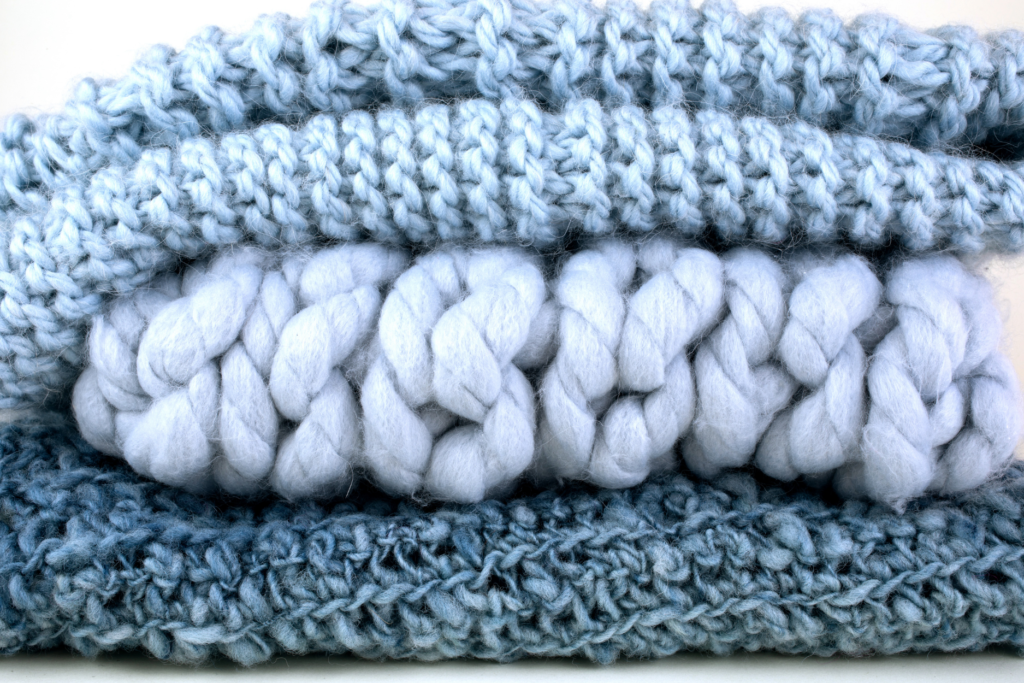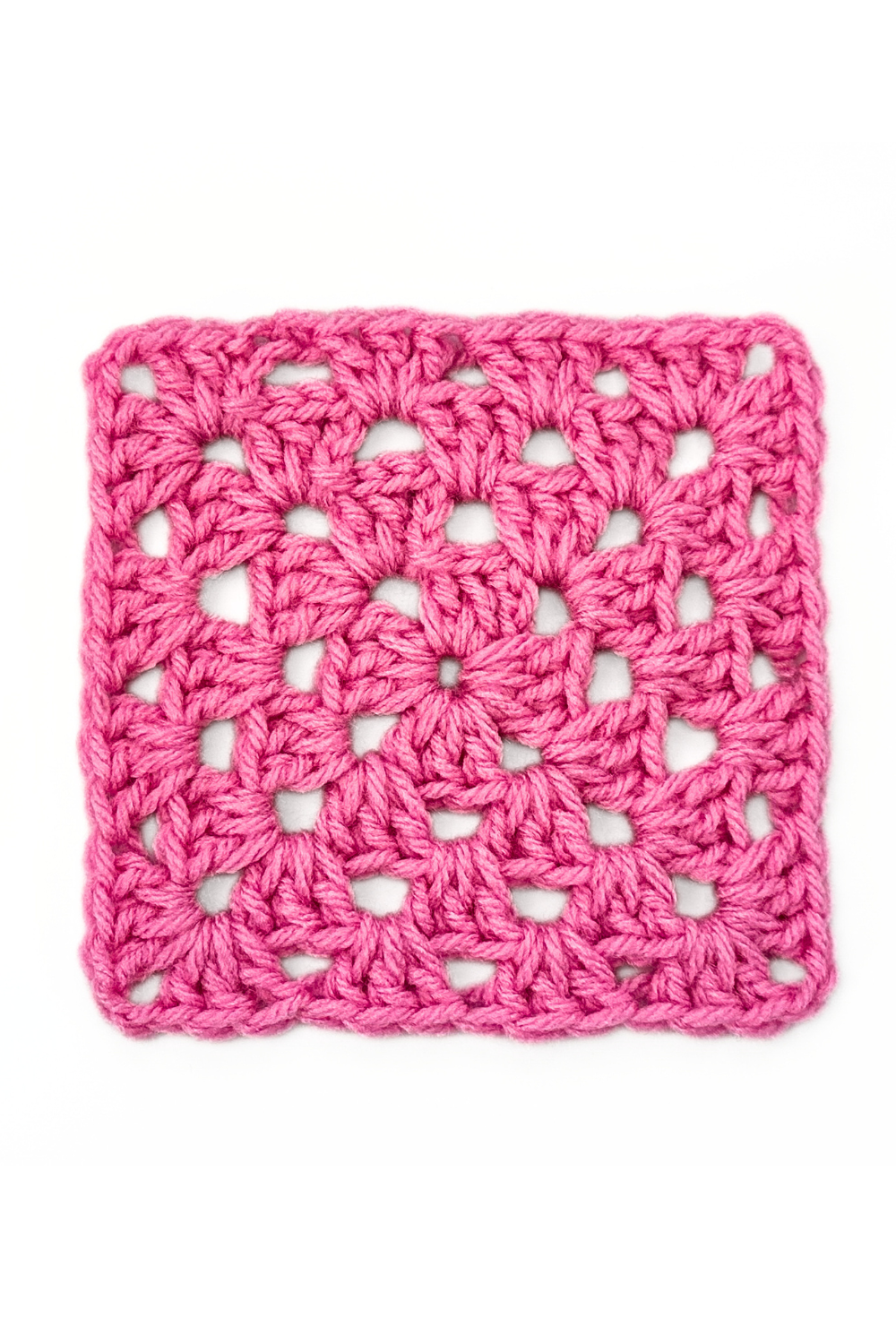Have you ever wondered why some crochet projects have a lovely flow and movement, while others feel stiff and unwieldy? The answer lies in the concept of drape.
In this article, we’ll explore the idea of drape in crochet, its importance, and how to achieve the desired drape in your projects. Get ready to elevate your crochet skills to new heights!
What is Drape in Crochet?
Types of crochet stitches
Crochet involves a wide variety of stitches, from basic to complex, which determine the texture, appearance, and structure of your projects. Some common stitches include single crochet, double crochet, treble crochet, and slip stitch.
The role of tension
Tension refers to the tightness or looseness of the stitches. It is mainly affected by the grip of the yarn and the hook, and it can significantly influence the drape of your crochet projects.
What is Drape?
Drape is the way a crocheted fabric hangs or flows when worn or used. It is affected by factors such as yarn type, hook size, stitch pattern, and tension. A good drape is vital for creating comfortable, wearable garments and attractive home decor items.
Factors Affecting Drape in Crochet
Yarn type
Different yarns have different properties, which can influence the drape of your project. For instance, natural fibers like cotton, silk, and bamboo offer better drape than synthetic fibers like acrylic or polyester.
Hook size
The size of the crochet hook you use can impact the drape. Using a larger hook creates looser stitches and better drape, while smaller hooks result in tighter stitches and reduced drape.
Stitch pattern
Some stitch patterns naturally have more drape than others. For example, openwork patterns or lace stitches generally provide more drape than dense or textured stitches.
Tension
As mentioned earlier, your tension affects the drape of your crochet project. Looser tension results in better drape, while tighter tension leads to stiffer fabric.
Importance of Drape in Crochet

Drape is crucial for creating comfortable and wearable garments, as well as attractive home decor items. Proper drape ensures that your projects hang and flow as intended, without stiffness or rigidity.
How to Achieve Desired Drape
Choosing the right yarn
Select a yarn that offers good drape for your project. Opt for natural fibers or blends with a high percentage of natural fibers for the best results.
Selecting the appropriate hook size
Choose a hook size that creates the desired drape without sacrificing stitch definition or structure. Experiment with different hook sizes to find the perfect balance.
To pick the perfect crochet hooks for you and your next project, check out our article The Ultimate Guide: The Best Crochet Hooks for Every Need.
Adjusting your tension
Be mindful of your tension as you crochet. If your stitches are too tight, try loosening your grip or using a larger hook. If your stitches are too loose, consider tightening your grip or using a smaller hook.
Experimenting with stitch patterns
Explore various stitch patterns to find ones that naturally provide the desired drape for your project. Openwork patterns, lace stitches, and shell stitches often result in better drape than dense or textured stitches.
How to Improve Drape in Finished Projects
If you’ve completed a project and find the drape is not what you had hoped for, there are a few things you can try:
- Gently block the finished item by wetting it, shaping it, and allowing it to dry. This can help relax the fibers and improve drape.
- Steam the fabric with a handheld steamer or iron (on a low setting, if appropriate for the yarn type) to help the fibers relax and create a better drape.
Best Yarns for Creating Drape in Crochet Projects

Selecting the right yarn is crucial for achieving the desired drape in your crochet projects. Here are some of the best yarns for creating drape, along with a brief description of each:
- Cotton: Cotton is a natural fiber that offers excellent drape, breathability, and durability. It’s a popular choice for warm-weather garments and home decor items. Cotton yarn is available in various weights and blends, allowing you to choose the perfect option for your project.
- Silk: Silk is another natural fiber known for its luxurious drape and softness. It adds a touch of elegance to crochet projects and is ideal for garments and accessories like shawls and scarves. Silk yarn can be pricey, but it’s worth the investment for the beautiful results it produces.
- Bamboo: Bamboo is a sustainable, eco-friendly fiber that provides a smooth, silky texture and excellent drape. It’s lightweight, breathable, and naturally antibacterial, making it suitable for garments and accessories, especially for those with sensitive skin.
- Linen: Linen is a natural fiber made from the flax plant. It’s known for its strength, durability, and breathability, making it an excellent choice for warm-weather garments and home decor items. Linen yarn can be a bit stiff initially, but it softens and drapes beautifully with use and washing.
- Alpaca: Alpaca is a luxurious, natural fiber that provides warmth without added weight, making it perfect for garments and accessories. It’s known for its softness, silky texture, and excellent drape. Alpaca wool yarn is available in various blends and weights, so you can choose the right option for your project.
- Modal: Modal is a semi-synthetic fiber made from beech tree pulp. It’s soft, smooth, and offers great drape, making it suitable for garments and accessories. Modal is often blended with other fibers, like cotton or bamboo, to enhance its properties and make it more versatile for crochet projects.
When selecting a yarn for your crochet project, consider the desired drape and the end use of the finished item. Experiment with different yarn types and blends to achieve the perfect drape for your crochet masterpiece.
For more on cotton yarns crochet, check out our articles:
Best Cotton Yarn for Crochet: The Complete Guide
What is the Difference Between Yarn and Crochet Thread?
The Benefits of Wool Yarn for Crochet
Drape in Different Types of Crochet Projects
Garments
For clothing items like sweaters, dresses, and shawls, drape is essential for both comfort and aesthetics. A garment with good drape will hang beautifully and feel comfortable to wear, while a garment with poor drape may be stiff or uncomfortable.
Home Decor
In home decor projects, such as blankets, curtains, or table runners, drape can impact the overall look and feel. A well-draped item will appear more inviting and pleasing to the eye.
Accessories
Accessories like scarves, cowls, and hats can also benefit from proper drape. A scarf with good drape will wrap comfortably around your neck, while a hat with good drape will fit more comfortably on your head.
Common Mistakes and How to Avoid Them
- Using the wrong yarn type: Always consider the desired drape when choosing a yarn for your project. Opt for natural fibers or blends with high natural fiber content for better drape.
- Not experimenting with hook size: Don’t be afraid to change hook sizes to achieve the desired drape. Experiment with different hook sizes to find the perfect balance between drape, stitch definition, and structure.
- Ignoring tension: Be mindful of your tension while crocheting, as it can significantly impact drape. Adjust your grip or hook size as needed to create the ideal tension.
Conclusion
Drape is a crucial aspect of crochet projects that determines how a finished item hangs and flows. By understanding the factors affecting drape, such as yarn type, hook size, stitch pattern, and tension, you can create beautiful, comfortable, and wearable garments, as well as attractive home decor items. Keep experimenting and refining your skills to achieve the perfect drape in your crochet projects.
FAQs
- What is drape in crochet? Drape refers to the way a crocheted fabric hangs or flows when worn or used. It is influenced by factors such as yarn type, hook size, stitch pattern, and tension.
- Why is drape important in crochet? Drape is vital for creating comfortable and wearable garments, as well as attractive home decor items. Proper drape ensures that your projects hang and flow as intended, without stiffness or rigidity.
- How can I improve the drape of my crochet projects? To improve drape, choose the right yarn, select the appropriate hook size, adjust your tension, and experiment with stitch patterns that naturally provide good drape.
- Can I improve the drape of a finished crochet project? Yes, you can improve the drape of a finished project by gently blocking it or using steam to relax the fibers. Be sure to follow the care instructions for the specific yarn you used to avoid damage.
- How does hook size affect drape in crochet? Hook size can significantly impact drape in crochet projects. Using a larger hook creates looser stitches and better drape, while smaller hooks result in tighter stitches and reduced drape. It’s essential to experiment with different hook sizes to achieve the desired balance between drape, stitch definition, and structure.
-
Garden Fairy Crop Top FREE Crochet Pattern
Want the full AD-Free, printable PDF version of this pattern? Click here to get it on Etsy The Garden Fairy Top is a fantastical and…
-
Easy Crochet Granny Square Pattern + Video Tutorial
Mastering the crochet granny square is a great way to build your crochet skills while creating a timeless design that’s perfect for a wide variety…


One comment
Comments are closed.